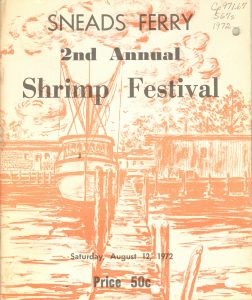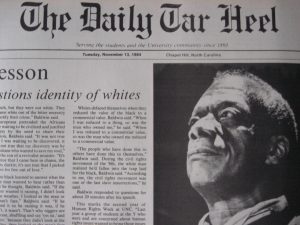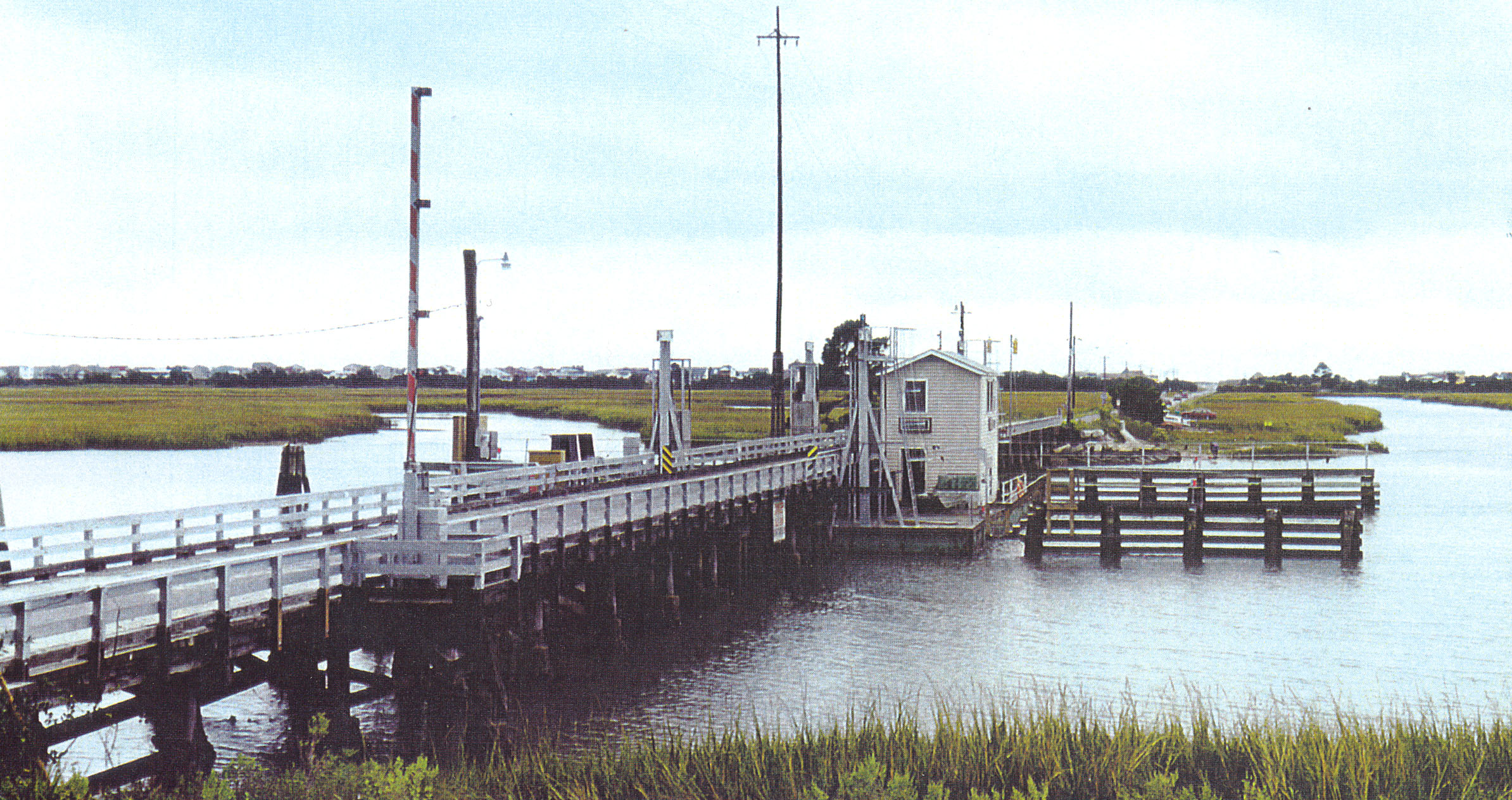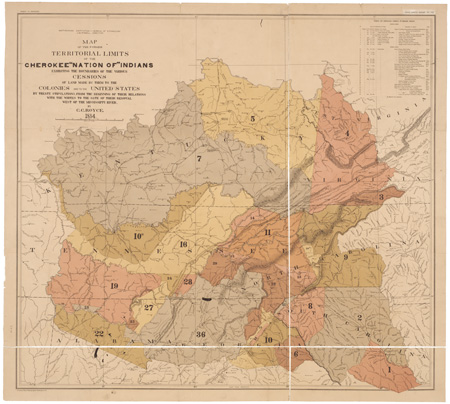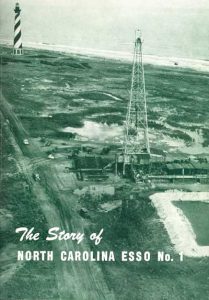
New Bern residents this weekend are continuing celebrations of the 300th anniversary of the founding of their city. And some of my colleagues from the North Carolina Collection are playing a part.
The celebrations include the re-dedication of the U.S. Federal Courthouse at 10:30 this morning. The building’s lobby has undergone a few changes, including the addition of a small exhibit space. And that’s where you’ll find 22 prints by New Bern native Bayard Wootten hanging. Those prints are produced from glass negatives in the North Carolina Collection Photographic Archives.
The prints were produced between 1910 and 1916, the period coinciding with the bicentennial of New Bern’s founding. The exhibit includes photographs of city buildings(both interior and exterior shots), as well as images of the city waterfront and railyard.
The photo above depicts the inside of Bradham’s Drug Store about 1913. Here’s what the exhibit panel says about the photo:
Located on the ground floor of the Stanly Building, completed in 1913, on Middle Street at the corner of Broad Street was the “Broad Street Store” of the Bradham Drug Company. Caleb D. Bradham, inventor of Pepsi-Cola, used the store, which featured a decorative soda fountain, for retail sales.
Our friends at the New Bern-Craven County Public Library asked us to mention another fascinating exhibit that they’ve mounted in the Kellenberger Room. They’ve put on display documents, pamphlets and books illustrating the early history of New Bern and Craven County. Items include an original 1720 land patent for land along the Neuse River signed by Gov. Charles Eden and Thomas Pollock; the 1753 Custis Family Bible of New Bern; Abstract of the Army Accounts of the North-Carolina Line, 1794; the 1812 New Testament of the North Carolina branch of the DeGraffenried Family; and the sheet music for William Gaston’s The Old North State. They’ve sent us a link to more information on the library’s website. But they’re experiencing some web problems so the link may not work.
It’s not often you get to attend a 300th birthday celebration. Make sure you’re a part of this one.

